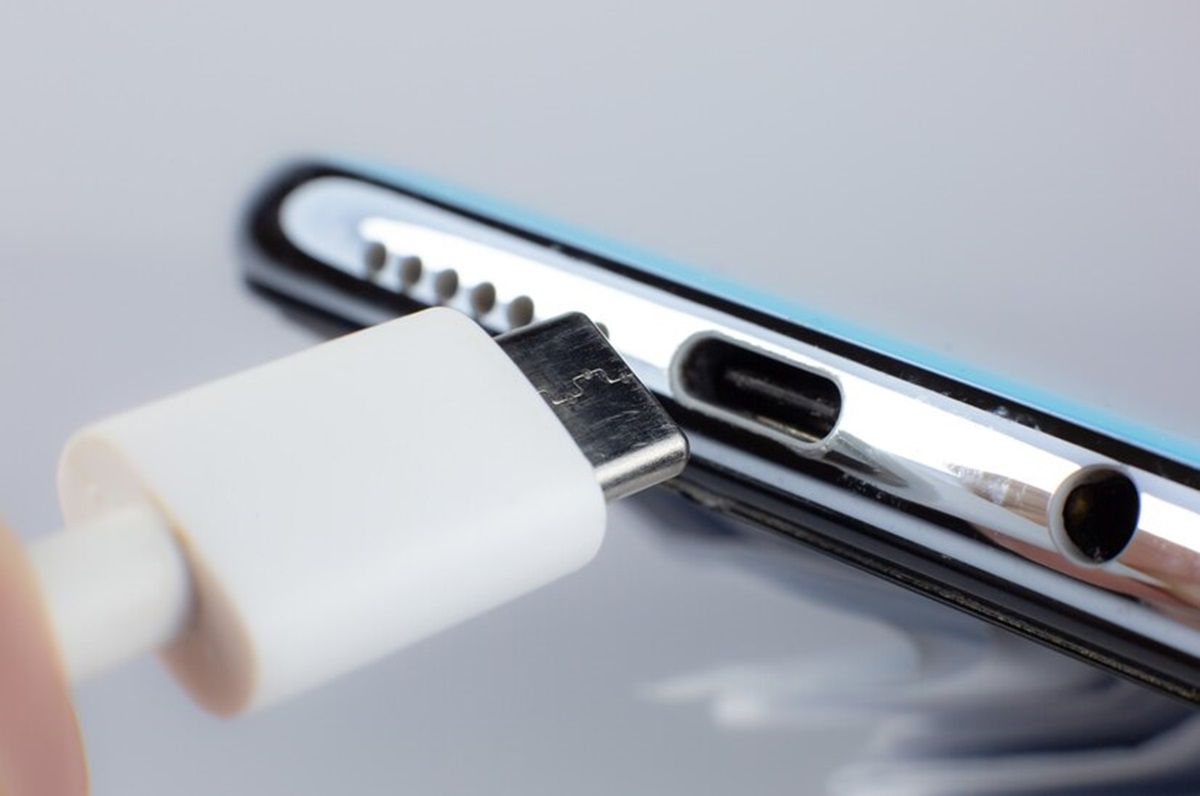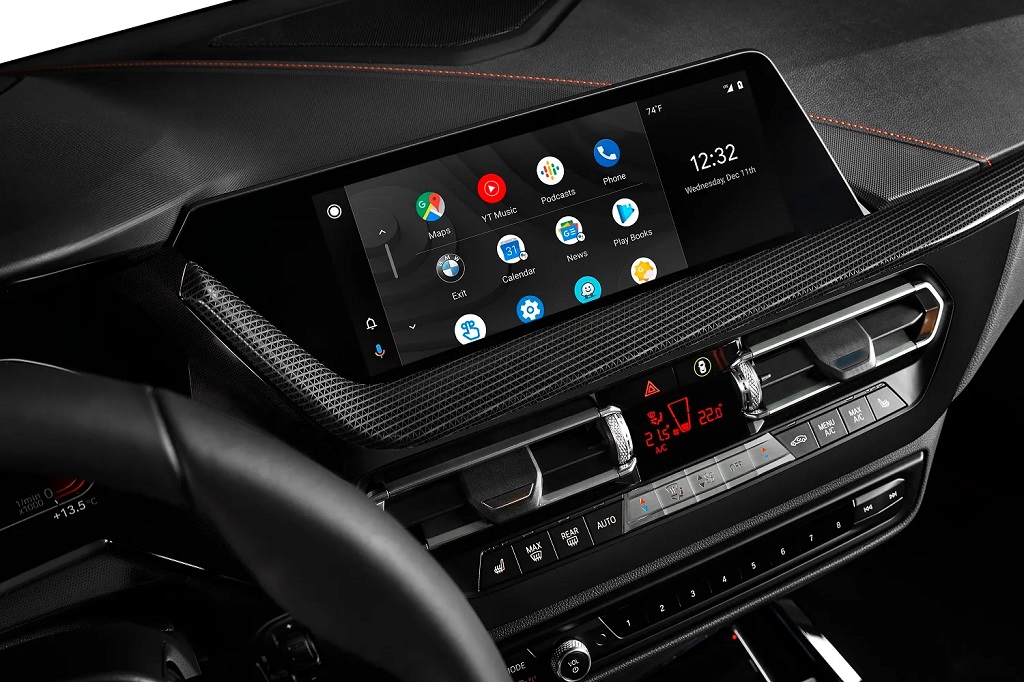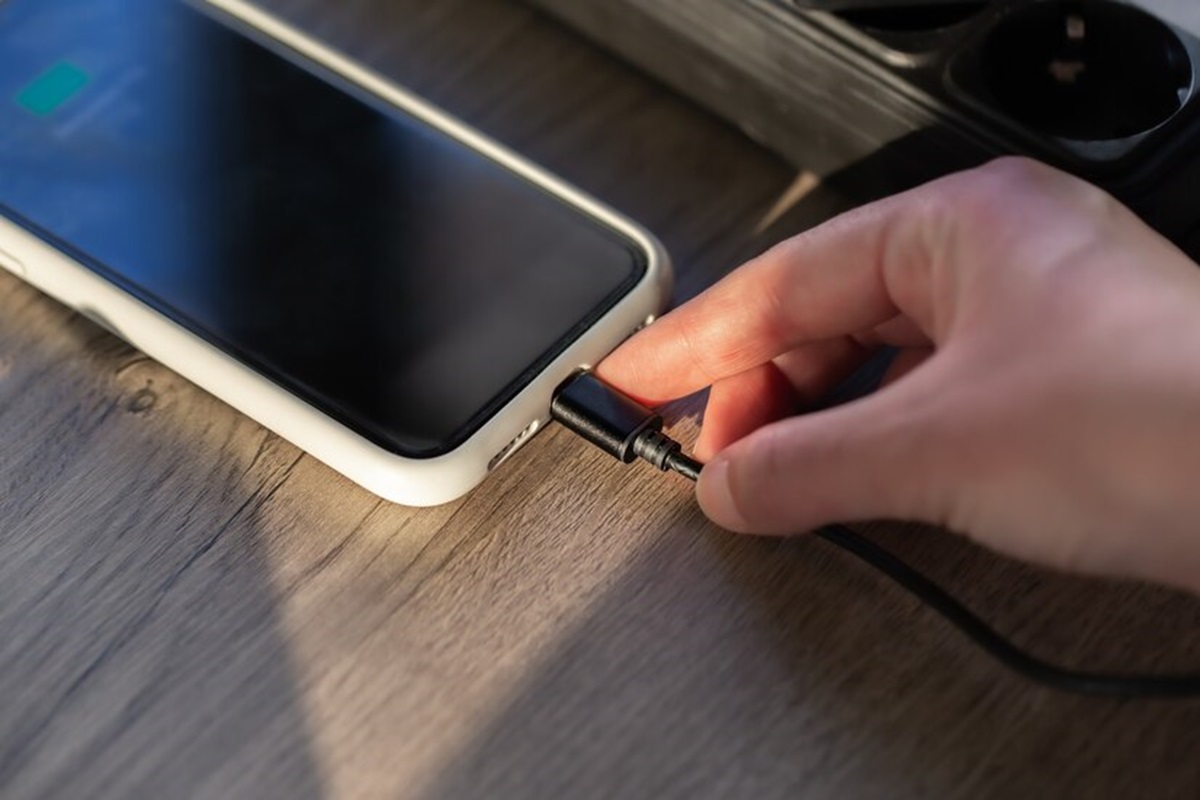How Do I Clean My Usb-c Port Without Compressed Air?
The ubiquitous USB-C port, a marvel of modern technology, can become a battleground against dust, lint, and other debris. A malfunctioning USB-C port can be frustrating, hindering charging, data transfer, or even causing connection issues. While compressed air is often the recommended cleaning method, what if you don’t have a can on hand? Fear not, fellow tech adventurer! This guide will equip you with alternative strategies to conquer the grime and restore your USB-C port to its former glory.
Why Clean Your USB-C Port?
Based on the HowtoGeek research, there are several common issues associated with USB-C ports that can lead to them not working properly. One prevalent problem is the potential damage caused by using the wrong cable, especially cables with a USB-A connector on one end and a USB-C connector on the other. This mismatch can result in devices drawing too much power, leading to damage to the phone, USB-C port, or even the computer.
Data and electricity flow through it constantly. However, just like a real highway, debris can accumulate, causing congestion. Dust, pocket lint, and other microscopic culprits can build up inside the port, hindering the smooth flow of data and electricity. This can manifest in several ways:
- Slow Charging: A clogged port can obstruct the connection between your device and the cable, reducing charging efficiency.
- Intermittent Connections: Debris might disrupt the physical contact between the cable and the port, leading to frustrating connection drops.
- Data Transfer Issues: Similar to charging, clogged ports can impede data transfer speeds between your device and other peripherals.

Safety First: Power Down and Prep Your Tools
Before embarking on your cleaning mission, remember: safety is paramount. Always power down your device completely and disconnect any cables. This minimizes the risk of electrical shorts or damage to your device’s internal components.
Alternative Cleaning Arsenal: Your Household Heroes
Now, let’s explore some readily available tools that can be your secret weapons in this battle against grime:
- The Mighty Toothpick (or Dental Floss): A thin, non-metallic toothpick can be a gentle yet effective tool. Remember, thinness is key! Avoid using wooden toothpicks, as they may splinter and leave debris behind. If you’re feeling particularly cautious, dental floss can be another option. Wrap a small amount of floss around a toothpick for a more controlled cleaning tool.
- The Gentle Touch of a Soft Brush: A soft-bristled artist’s brush or a clean, dry makeup brush can be fantastic for dislodging dust and lint. The key here is “soft” – you don’t want any harsh bristles that could scratch the delicate pins inside the port.
- Isopropyl Alcohol: A Cleaning Powerhouse (For Sticky Situations): Isopropyl alcohol (often referred to as rubbing alcohol) is a potent cleaning agent, but use it with caution on electronics. For stubborn, sticky substances inside the port, never apply the alcohol directly. Instead, dampen a cotton swab ever so slightly with the alcohol and gently wipe the inside of the port. Less is absolutely more here – too much alcohol can damage the port or surrounding components.
Also Read: What is Factory Code for Android?
Cleaning Techniques: A Gentle but Effective Approach
Now that you have your tools assembled, let’s get down to business!
- Start with a Visual Inspection: In good lighting, use a magnifying glass (if you have one) to get a clear look inside the port. This will help you identify the type and location of the debris.
- Gentle Maneuvering: For loose dust and lint, a soft brush can be your first line of defense. Use gentle strokes to dislodge the debris and then use compressed air (if available) or a straw to blow it out. If using a toothpick or dental floss, be very careful not to force it or scrape the sides of the port.
- Tackling Sticky Situations: For sticky substances, the slightly dampened cotton swab with isopropyl alcohol comes into play. Remember, a light touch is crucial. After cleaning with the alcohol, use a dry cotton swab to remove any remaining moisture.
Beyond Cleaning: Prevention is Key
An ounce of prevention, as the saying goes, is worth a pound of cure. Here are some tips to keep your USB-C port clean in the long run:
- Keep it Covered: When not in use, consider using a dust plug specifically designed for USB-C ports. These inexpensive accessories create a physical barrier against dust and debris.
- Case Selection: Choose phone or device cases that offer some level of coverage for the USB-C port when not in use.
- Clean Regularly: Make cleaning your USB-C port a part of your regular device maintenance routine. How often depends on your environment – if you spend a lot of time in dusty or dirty conditions, you may need to clean more frequently.
Beyond the Basics: A Deeper Dive for Tech-Savvy Users
For the more technically inclined, here are some additional considerations:
- The Value of Precision: If you find yourself needing to clean your ports frequently, invest in a set of precision tools or a jeweler’s loupe for more precise debris removal and inspection.
- Disassembly (At Your Own Risk!): This is not recommended unless you know exactly what you’re doing, but disassembling a device can give you broader access for a deep clean of internal components and ports. However, this can void warranties and lead to permanent damage if not performed meticulously.
Important Notes:
- Metal Objects are a No-Go: Never use needles, paper clips, or other metal objects to try to clean the port, as these can seriously damage the internal components.
- Patience is a Virtue: Effective cleaning of a USB-C port often requires a delicate touch. Rush the job, and you risk damaging the tiny pins inside the port. Take your time, proceed cautiously, and always inspect your work.
Conclusion
By following these strategies, you can keep your USB-C port clean and maintain reliable connections without relying on compressed air. Remember, a little care and attention can go a long way in keeping your devices functioning smoothly!










